What does an OER lesson plan look like?
Hapara
APRIL 11, 2022
K-12 schools and districts turn to open educational resources (OER) for their flexibility. They are a cost-effective choice and make differentiating instruction and personalizing learning easier. When you search for OER, you can find already-created lesson plans or other resources to add to your own class plans.

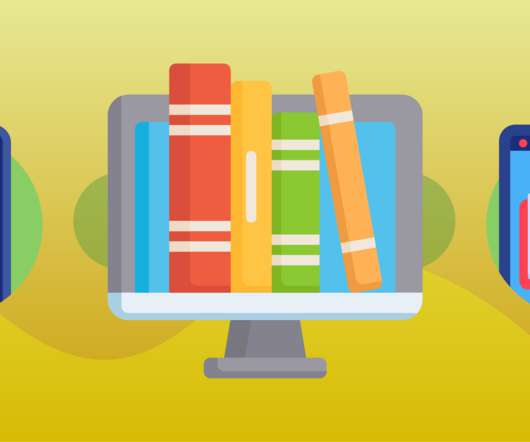
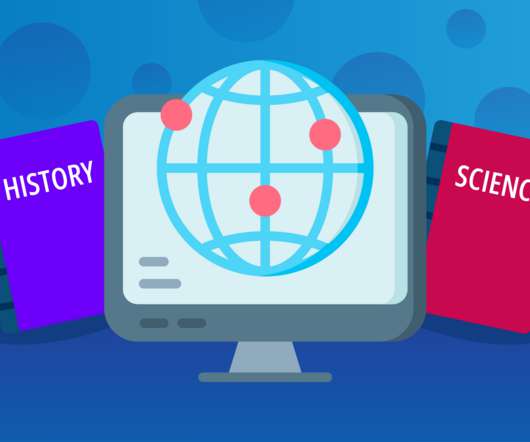
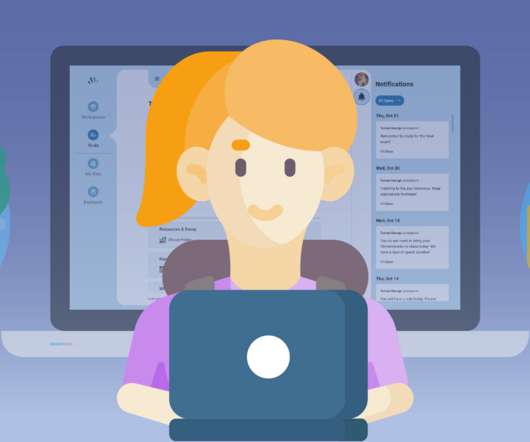
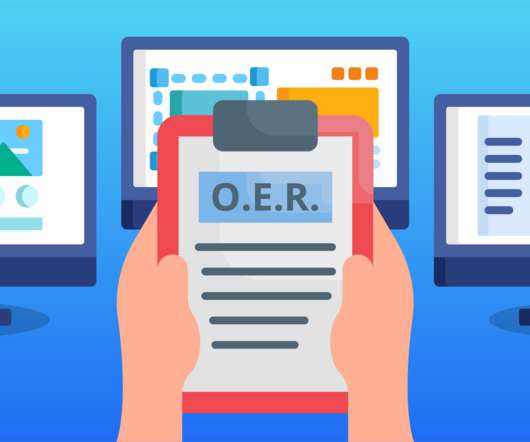
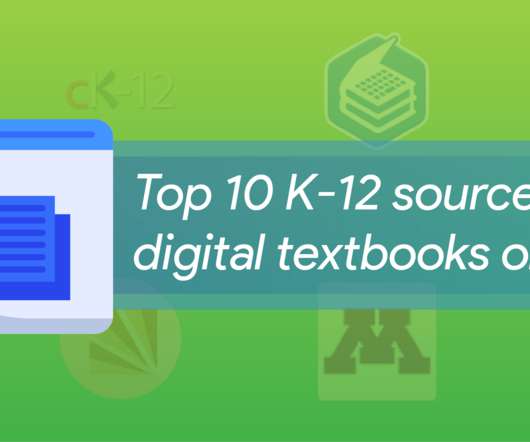
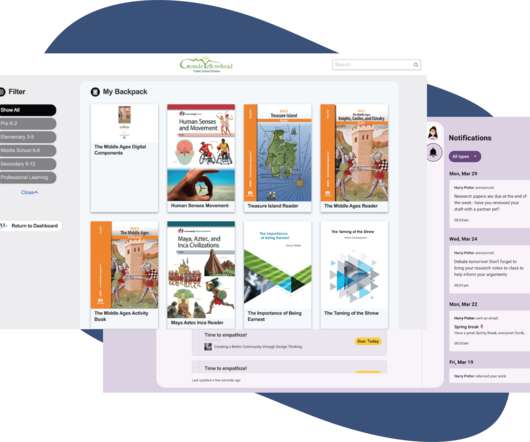
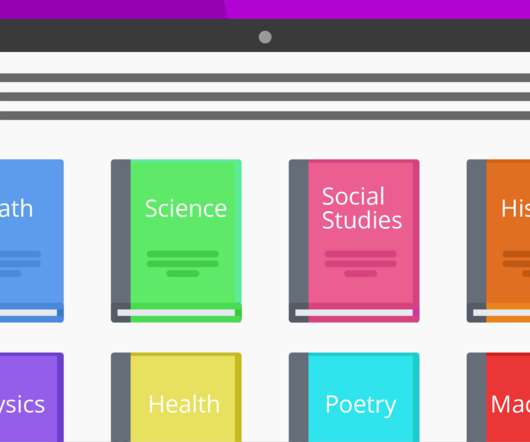









Let's personalize your content